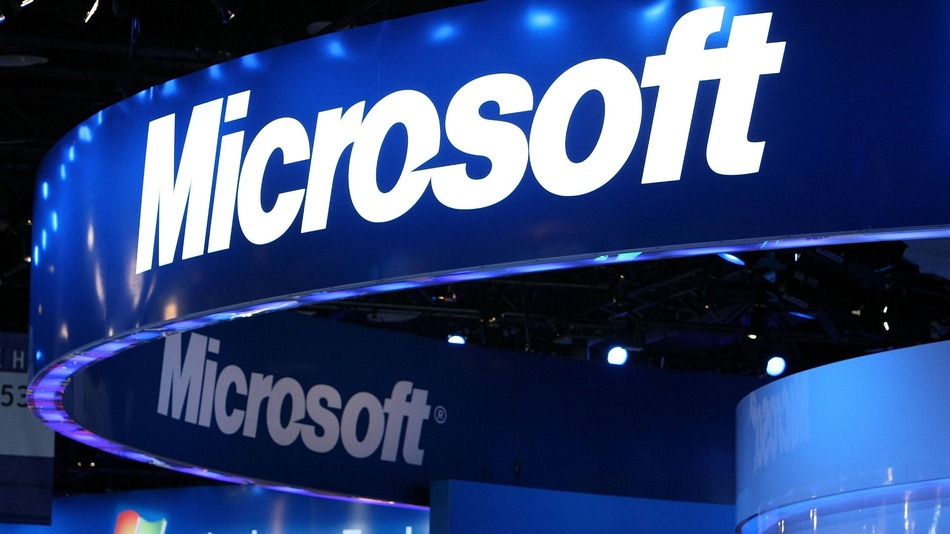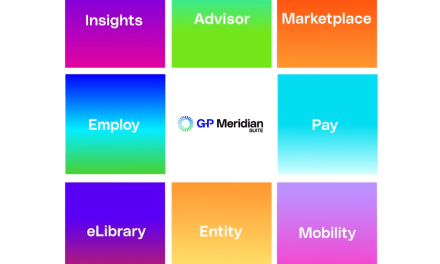The second-most valuable company in the US has a problem that won’t go away.
Microsoft has an HR and PR nightmare on its hands.
The tech company is investigating dozens of complaints of discrimination and harassment against female employees that came to light last week when an internal company email chain was leaked to the news site Quartz.
It all started on March 20, when a woman at the company sent an email asking female colleagues for career advice. After six years doing the same job, she said, she didn’t see any opportunities to advance, according to Quartz, which reviewed the emails. Dozens of women replied to the email to share their own complaints about repeated discrimination and harassment — complaints they said the company’s human resources department had ignored.
One woman said a coworker had twice asked her to sit in his lap at a meeting, and a human resources manager in the room did nothing. One of the most alarming complaints came from a woman who said a contractor threatened to kill her on a business trip if she didn’t perform a sexual act on him.
When she told her boss, she said he brushed it off and described it as “flirting.” When she went to human resources, she said a manager told her there was nothing the company could do about it. Women also complained about getting passed over for promotions and being assigned secretarial work.
By the time Microsoft’s human resources director responded to the email thread on March 29, the list of complaints was 90 pages long. Kathleen Hogan, head of HR for the company, told the group in an email that she would personally investigate each of their claims and that she had notified the company’s executives, according to Quartz.
“We are appalled and sad to hear about these experiences. It is very painful to hear these stories and to know that anyone is facing such behavior at Microsoft. We must do better,” Hogan wrote in the email thread, according to a company spokesperson. Hogan said Microsoft will organize sessions to hear more about their concerns and to develop a plan to address them. “While reading some of this is very disheartening, I am proud and encouraged to see people empowered to speak up, say this is not right, and stand together for change.”
The email chain is just the latest sign of growing discontent among women who work in the male-dominated tech industry. Microsoft, which is now the second-most valuable corporation in the US (based on market capitalization), is also facing multiple gender discrimination lawsuits from current and former employees.
And the complaints women have taken to court are all too similar to those described in the email chain, making it harder for Microsoft to keep denying that the company has a problem.
Women have long complained about Microsoft’s work culture
Women have been arguing for years that Microsoft is a hostile place for them to work.
Last month, a former marketing manager filed a lawsuit against Microsoft, accusing the company of firing her for complaining about multiple instances of discrimination she had witnessed. (Microsoft says she was let go in a round of layoffs, not because she complained).
But the biggest headache for Microsoft right now is a pay discrimination lawsuit that just won’t go away.
A former cybersecurity engineer at Microsoft, Katherine Moussouris, filed the lawsuit in 2015, alleging that managers repeatedly passed her over for promotions in favor of less qualified men. She said bias against women was widespread — that women were often interrupted and excluded from important meetings and that their judgment was “much more likely to be called into question than men’s,” according to court records.
Another female engineers and an IT employee who work at Microsoft later joined the lawsuit as plaintiffs too. Another nine current and former employees shared similar complaints, according to court records.
One woman said she’d pushed for a promotion after returning from maternity leave, but her manager told her he didn’t want to “waste” a promotion on her, in case she became pregnant again. Another employee said she’d asked about a promotion but “was told repeatedly that it was not possible” because it was rare for anyone to reach the next level. She stayed in the same job for six years while several other men were bumped up.
Another woman, who was a manager, said supervisors were much harsher on female employees during performance reviews. Male employees’ projects were “valued more highly than similar projects managed by women … even when the technical difficulty and value to the company was greater for the women’s projects.”
The group of women said supervisors praised men for being assertive, but women were scolded for the same behavior.
Microsoft’s lawyers have denied that the company systematically discriminates against women, and pointed out that the federal government has conducted nearly two dozen pay discrimination audits based on the company’s work as a contractor. The audits only resulted in one violation, according to evidence provided in court records.
Hogan, the head of HR (who is investigating the recent complaints) published the results of an internal equal pay study in April 2016, which the company conducted in response to complaints. In a blog post summarizing the study’s conclusions, Hogan said the study found that women at Microsoft earn 99.8 cents for every $1 earned by men with the same job title and level. Hogan said the numbers reflect the company’s “commitment to equal pay for equal work.” But women fumed, saying the study ignored the fact that women were less likely to get promoted.
Female Microsoft employees filed 118 internal complaints about gender discrimination between 2010 and 2016, according to documents made public in March 2018 as part of the court case. The company only considered one of them to have any merit.
This case has been winding its way through the federal courts in Seattle for years, as the women seek class-action status for their case. That would allow them to include all women who worked at the company during a certain time period to join them as plaintiffs, so they would all get compensated if they won. As a class-action case, the women can get a court order that would force Microsoft to adopt and implement new policies to prevent system discrimination.
So far, progress is slow
In June, women at Microsoft experienced a major setback. US District Judge James Robert declined to let the case continue as a class-action lawsuit, saying the group had not provided enough evidence of systemic discrimination, and that their complaints were not similar enough to file a joint lawsuit.
The three listed plaintiffs immediately appealed, and the Ninth Circuit Court of Appeals has agreed to hear their case. In the meantime, they must file individual lawsuits in case the appeals court upholds the class-action denial.
The new complaints that surfaced in the email chain suggest that Microsoft’s problem is not going away. In fact, women feel more empowered than ever to raise their voices in the #MeToo era. (Women at Twitter, Google, and Oracle have also filed lawsuits).
Apparently, it’s getting harder for many women at Microsoft to stay silent.
“This thread has pulled the scab off a festering wound. The collective anger and frustration is palpable,” one Microsoft employee in the email chain wrote, according to Quartz. “A wide audience is now listening. And you know what? I’m good with that.”
Update: This article has been updated with comments from Microsoft’s director of human resources, and clarifies that only three women are currently listed as plaintiffs in the pay discrimination case.









